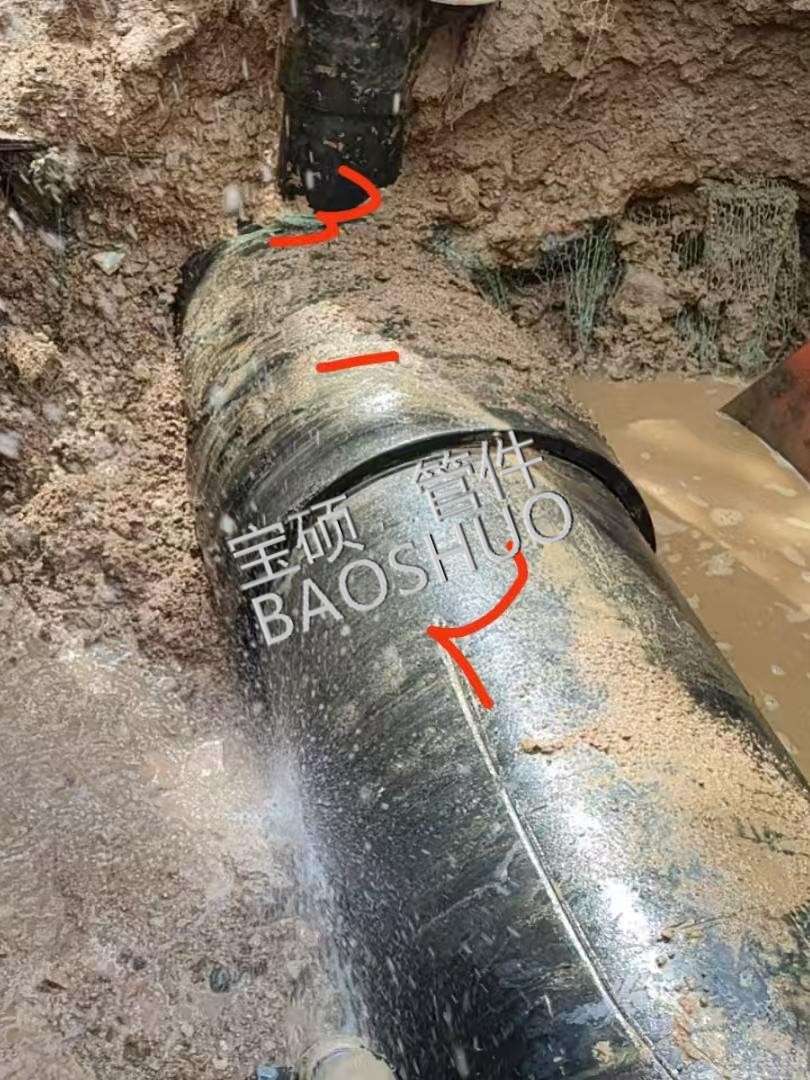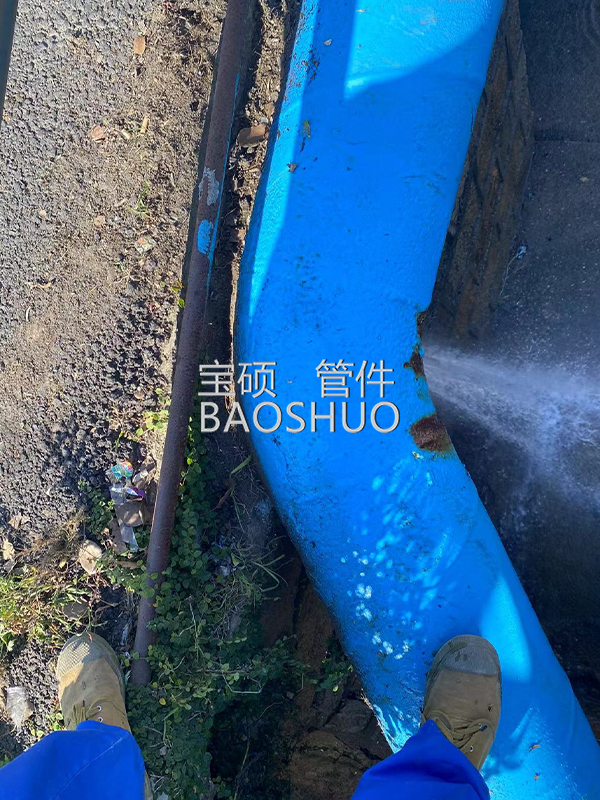Special pipeline
-
This is a very common emergency repair scenario in industrial production and civil facilities. Stainless Steel Pipe Leakage Plugging Methods For stainless steel pipe leaks, there are various methods for plugging leaks, depending on factors such as the size, shape, pressure, temperature, and whether it's acceptable to shut down the pipeline. These methods can be broadly categorized into two types: temporary emergency methods and permanent repair methods....
-
Understanding which pipe materials are resistant to high pressure and their threshold ranges is crucial for many engineering projects and safe operations. Below, I've summarized common high-pressure-resistant pipe materials and their pressure ranges, followed by some explanations to help you quickly understand and select the appropriate pipe material.
-
Regarding the causes and treatment methods of flange leakage failure, as well as the advantages of using pipeline repair joints (also known as "pipe repair clamps" or "clamp-type repair joints"). Flange connection leakage is a common failure in pipeline systems, and its causes can usually be attributed to the following aspects:
-
Regarding the problem of plugging leaks in stainless steel pipes. This is a common scenario in both industrial and civil maintenance. Let's analyze in detail how to solve the leakage problem. For stainless steel pipe leakage, there are mainly the following methods based on factors such as the leakage degree, pressure, medium, and whether it is allowed to stop the transmission:
-
Well, this is a very practical and important question in plumbing engineering. While PE (polyethylene) piping systems are corrosion-resistant and flexible, their elbows are common leaks, and their repair methods differ significantly from those for steel pipes. We will address this in detail from the following three aspects.
-
This is a very common and important problem in industrial pipeline maintenance. Let's explain it in detail step by step. Why are steel pipes prone to leakage? What are the factors that cause it? Why is it difficult to repair under pressure? What are the solutions to leaks?
-
This is a very professional and practical question. Repairing large pipe leaks (over 1 meter in diameter) is a systematic process, requiring a safe, efficient, and reliable solution. Common repair methods for large pipe leaks (>DN1000). Large pipes (such as municipal water mains and industrial pipelines) bear high pressure and have significant impacts, so their repair methods fall into two main categories:
-
This is a very interesting phenomenon that you might encounter in real-world piping projects. While seemingly counterintuitive, it's based on sound engineering and physics principles. The core reason is that the sealing mechanism of the spigot/socket joint changes from an incomplete seal to an interference fit, and the piping system components elastically deform under high pressure. Here's a detailed, step-by-step explanation:
-
In industrial production and everyday life, wherever fluid transport is involved, two key components are essential: flow meters and pipe flow meter clamps. The former acts as a "fluid measurer," precisely measuring the flow rate and total volume; the latter acts as a "reliable connector," ensuring stable flow meter operation and leak-proof fluids. Today, we'll explore the roles and value of these two components from a more accessible perspective.
-
This is a very important and professional question. 6.0 MPa (approximately 60 kgf/cm²) is considered high-pressure piping, and its maintenance and leak prevention work must strictly adhere to safety regulations and technical standards. Any negligence could result in serious safety accidents.



















